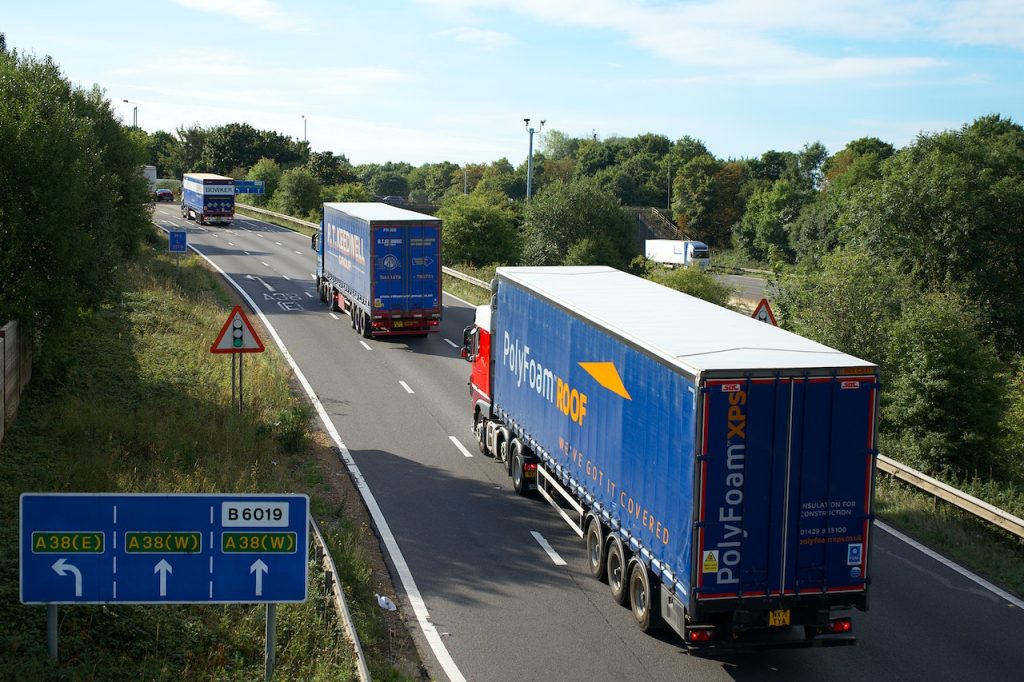
Are you interested in learning about CMR, its meaning, and the process involved? You’re in luck. By the end of this article, you’ll have a clear idea of the steps you need to take to ship goods by road within CMR-ratified countries.
CMR: From A to Z
The CMR process is a standardized framework for transporting goods by road, from start to finish. The process involves several key steps, including:
- Contract: The shipper and the carrier agree on the terms of the transportation, including the origin and destination of the shipment, the type and quantity of goods to be transported, and the price.
- Preparation of CMR document: The shipper prepares the CMR document, a standardized form that provides information about the shipment of goods. The document includes details about the shipper, the carrier, the consignee, the description of goods, the route, and other relevant information.
- Delivery of goods: The carrier collects the goods from the shipper and transports them to the destination, following the agreed-upon route. This party is responsible for properly loading, securing, and protecting the items during transportation.
- Delivery of CMR document: The carrier hands the CMR document to the consignee at the destination, along with the goods. The consignee is responsible for checking the document and package(s) to ensure they match the specified information.
- Payment: The consignee pays the carrier for the transportation of goods based on the predetermined price.
- Records: The shipper, carrier, and consignee keep a copy of the CMR document for their records, which can serve for tracking and managing the shipment and resolving any disputes that may arise.
Final Takeaway
Now that you have a better idea of CMR and its meaning, you have a clearer understanding of its relevance and importance. Overall, the CMR process ensures the safe and efficient transportation of goods by road, providing a standardized form with key information about the shipment of goods. It represents a clear set of responsibilities for each party involved in the transportation.









